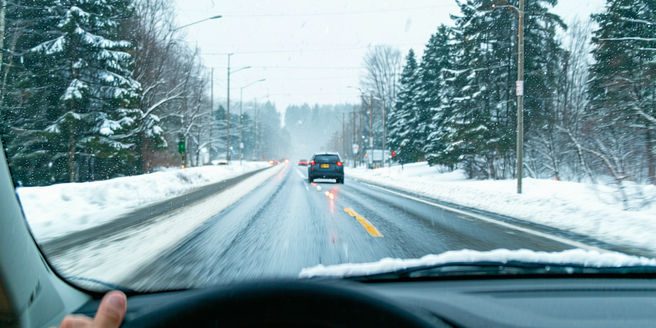
The Role of Seatbelts in Winter Safety
Winter driving presents unique challenges, such as icy roads and reduced visibility. In these conditions, seatbelts play a critical role in ensuring driver and passenger safety. They help to keep occupants securely in their seats, reducing the risk of injury during sudden stops or collisions. With slick surfaces increasing the likelihood of skidding, seatbelts prevent riders from being thrown inside the vehicle, which can result in severe injuries. They also work in tandem with airbags, which are designed to protect occupants who are properly restrained. By maintaining the correct seating position, seatbelts optimize airbag deployment, significantly enhancing safety. Emphasizing their importance, experts suggest keeping belts properly fastened even for short trips. In winter, the unpredictable nature of road conditions makes seatbelt usage not only advisable but essential for ensuring safety.
Common Misconceptions About Seatbelts in Wet Weather
One common misconception is that seatbelts are less necessary during short trips or at lower speeds. In wet weather conditions, this notion becomes dangerously misleading. Even minor collisions can lead to significant injuries if seatbelts are not worn. Slick roads increase the chance of hydroplaning, leading to unexpected slides or spins. When cars lose traction, drivers and passengers without seatbelts are more prone to being tossed about inside the vehicle, resulting in injuries. Furthermore, the belief that airbags can entirely replace seatbelts is incorrect. Airbags are designed to complement seatbelts, not function independently. When properly worn, seatbelts help position the passenger optimally for airbag deployment, maximizing protection. Therefore, dispelling these myths is crucial to ensure that everyone prioritizes seatbelt use under all conditions, especially during rainy weather.
How Seatbelts Enhance Road Safety During Rain
Rain can dramatically alter driving conditions, increasing the risk of accidents due to reduced traction and visibility. In such scenarios, seatbelts prove indispensable for safety. They offer crucial protection by keeping occupants securely seated, minimizing movement that could exacerbate injuries in case of abrupt stops or impacts. When roads are slick, the sudden loss of control is more common, leading to higher chances of collisions. Seatbelts ensure that passengers remain in a stable position, reducing the chance of collision with interior vehicle parts. Additionally, a properly worn seatbelt ensures that airbags function as intended, providing full effectiveness. This synergy of safety features is essential during rainy conditions, highlighting why seatbelt use should be non-negotiable. Ultimately, consistent seatbelt enforcement can significantly mitigate injury risks, underscoring their critical role in rain-enhanced road safety.
The Physics of Seatbelts in Slippery Roads Situations
Understanding the physics of seatbelts helps to appreciate their essential role in safety, especially on slippery roads. During abrupt stops or impacts, a vehicle’s sudden deceleration causes passengers to lurch forward, due to inertia. Seatbelts counteract this motion by securing occupants to their seats, distributing the force over stronger parts of the body, such as the chest and pelvis. On slick roads, the likelihood of losing traction and control is higher. Here, seatbelts provide stability, preventing occupants from becoming projectiles inside the vehicle. Moreover, they align passengers in a position optimal for airbag deployment, further reducing injury chances. In essence, the physics behind seatbelts highlight their importance; they counteract motion and distribute forces that would otherwise harm unrestrained occupants. This is why their use is critical in all driving scenarios, particularly on slippery roads.
Seatbelt Laws and Recommendations for Slick Conditions
Seatbelt laws exist to enhance road safety by mandating their use, particularly in challenging conditions like rain or snow. Many regions impose strict guidelines, recognizing that seatbelts are vital restraints that prevent fatalities and serious injuries. During slick conditions, compliance with these laws becomes even more crucial, as the chance of accidents rises significantly. Laws typically specify that all vehicle occupants, not just those in the front seats, must be secured with seatbelts. Additionally, recommendations often emphasize checking that belts fit correctly, ensuring they are both comfortable and effective. Drivers should lead by example, making seatbelt use an intuitive part of travel, regardless of duration or distance. As understanding grows, consistent seatbelt use not only fulfills legal obligations but enhances safety for all, emphasizing the importance of these measures in maintaining public welfare during adverse weather conditions.
